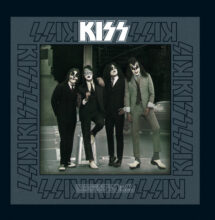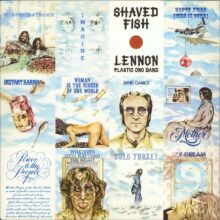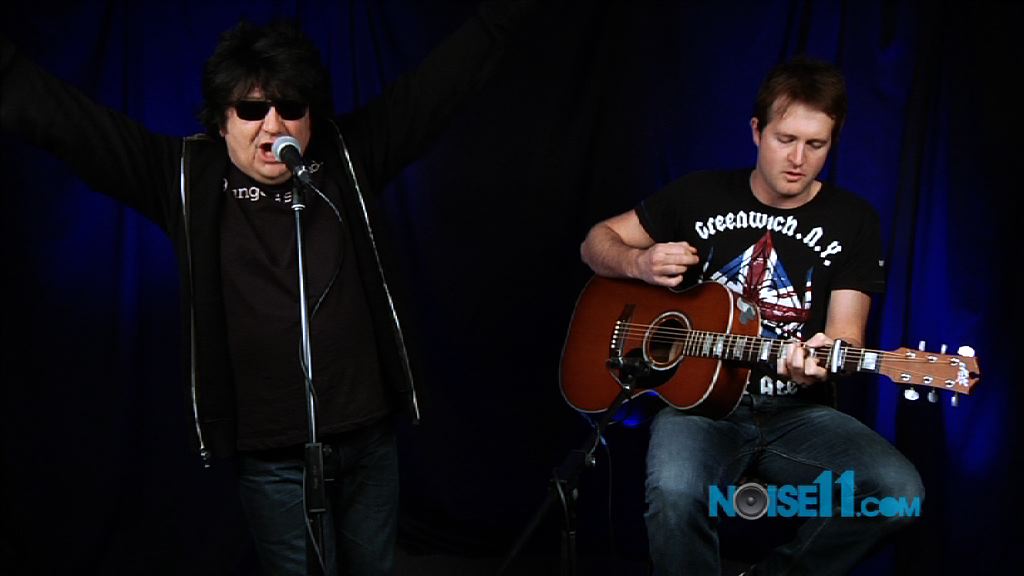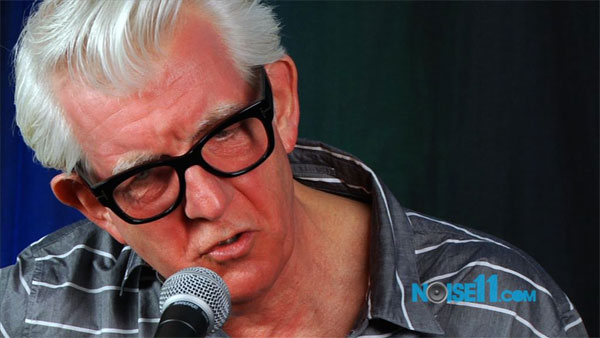Fifty years ago, on September 12, 1975, Pink Floyd released Wish You Were Here, their ninth studio album and the follow-up to the phenomenon that was The Dark Side of the Moon. Few bands in rock history have faced the challenge Pink Floyd did in the mid-1970s: how do you follow up one of the most successful, best-selling and artistically defining albums of all time? Against that backdrop, Wish You Were Here emerged not only as a worthy successor but as one of the group’s most enduring works.
At the time, The Dark Side of the Moon (1973) had shattered expectations for progressive rock, topping charts worldwide and remaining on the Billboard 200 for an astonishing 741 weeks. The album made Pink Floyd a household name, but it also set an almost impossible bar. When the band reconvened at Abbey Road Studios in January 1975, they were weary from the relentless touring schedule and the weight of expectation. Wish You Were Here was born out of that fatigue, self-reflection and, most significantly, a sense of loss.
Central to the album’s themes was the absence of founding member Syd Barrett. Barrett had been forced out of the band in 1968 due to his deteriorating mental health, but his presence—or lack of it—haunted the group. This absence shaped the record’s two massive bookend pieces: “Shine On You Crazy Diamond (Parts I–V)” and “Shine On You Crazy Diamond (Parts VI–IX).” The nine-part suite, split across the album, is a direct homage to Barrett, its title itself an acknowledgment of his brilliance and fragility. When Barrett unexpectedly visited Abbey Road during the recording sessions, overweight, shaven-headed and barely recognisable, the moment left the band shaken. Roger Waters later recalled the encounter as one of the most emotional of his life.
Musically, Wish You Were Here refined the atmospheric soundscapes Pink Floyd had perfected on Dark Side. Where its predecessor leaned heavily on conceptual unity, Wish You Were Here used abstraction, spaciousness, and a colder industrial edge. Songs like “Welcome to the Machine” and “Have a Cigar” took aim at the music industry’s corporate machinery. The cynical lyrics, combined with mechanical sound effects and synthesizers, reflected the band’s discomfort with fame and the commodification of art.
“Have a Cigar” is one of only two Pink Floyd songs to feature a guest vocalist—sung by British folk-rocker Roy Harper after David Gilmour and Roger Waters both passed on it. Its satirical look at the record business, complete with the now-iconic line “Which one’s Pink?”, captured the disconnect between the band’s artistic vision and how they were perceived by the industry.
Then there is the title track, “Wish You Were Here.” Stripped of elaborate production and delivered with aching simplicity, it has become one of the most beloved songs in Pink Floyd’s catalogue. Gilmour’s acoustic guitar intro, drifting in as if from a distant radio before blooming into full clarity, perfectly encapsulates the album’s motif of presence versus absence. The song’s universality—longing for someone missing, whether physically or spiritually has made it an anthem that transcends generations.
Reception at the time was mixed. Some critics initially found Wish You Were Here too bleak, too inward-looking after the more immediate brilliance of Dark Side. Yet commercially it was an instant success, topping charts in both the UK and US, and selling millions of copies within months. Over time, its reputation grew steadily. Today, it is widely considered one of Pink Floyd’s masterpieces, often cited alongside The Dark Side of the Moon and The Wall as the holy trinity of the band’s achievements.
In terms of the Floyd catalogue, Wish You Were Here sits at a crucial crossroads. It was the last album to be truly collaborative, with Gilmour, Waters, Richard Wright and Nick Mason still working in balance. After this, Waters increasingly took control, steering the band into the politically charged narratives of Animals (1977) and the operatic ambition of The Wall (1979). Wish You Were Here captures Pink Floyd in transition: still united, still deeply connected musically, but beginning to fracture under the pressures of fame, fatigue and diverging visions.
Fifty years later, the album retains its power because its themes remain timeless. Absence, alienation, the struggle between art and commerce, the longing for connection—these are universal concerns. Sonically, it continues to stand as a high-water mark of studio craft, with Alan Parsons’ engineering innovations and the band’s meticulous layering of sound. Its artwork, created by Storm Thorgerson and Hipgnosis, has also become iconic: the image of two businessmen shaking hands, one engulfed in flames, is as symbolic of the album’s themes as the music itself.
A 50th anniversary edition of the album will be released soon.
Tracklisting:
Disc 1
Shine On You Crazy Diamond (Pts. 1-5)
Welcome to the Machine
Have a Cigar
Wish You Were Here
Shine On You Crazy Diamond (Pts. 6-9)
Disc 2
Wine Glasses
Have A Cigar (Alternate Version)
Wish You Were Here (feat. Stéphane Grappelli)
Shine On You Crazy Diamond (Early Instrumental Version, Rough Mix)
The Machine Song (Roger’s Demo)
The Machine Song (Demo #2, Revisited)
Wish You Were Here (Take 1)
Wish You Were Here (Pedal Steel Instrumental Mix)
Shine On You Crazy Diamond (Pts. 1-9, New Stereo Mix)
Disc 3
Raving And Drooling (Live from the Los Angeles Sports Arena, 1975)
You’ve Got To Be Crazy (Live from the Los Angeles Sports Arena, 1975)
Shine On You Crazy Diamond (Pts. 1-5) [Live from the Los Angeles Sports Arena, 1975]
Have a Cigar (Live from the Los Angeles Sports Arena, 1975)
Shine On You Crazy Diamond (Pts. 6-9) [Live from the Los Angeles Sports Arena, 1975]
Speak to Me (Live from the Los Angeles Sports Arena, 1975)
Breathe (In the Air) [Live from the Los Angeles Sports Arena, 1975]
On the Run (Live from the Los Angeles Sports Arena, 1975)
Time (Live from the Los Angeles Sports Arena, 1975)
The Great Gig in the Sky (Live from the Los Angeles Sports Arena, 1975)
Money (Live from the Los Angeles Sports Arena, 1975)
Us and Them (Live from the Los Angeles Sports Arena, 1975)
Any Colour You Like (Live from the Los Angeles Sports Arena, 1975)
Brain Damage (Live from the Los Angeles Sports Arena, 1975)
Eclipse (Live from the Los Angeles Sports Arena, 1975)
Stay updated with your free Noise11.com daily music news email alert. Subscribe to Noise11 Music News here
Be the first to see NOISE11.com’s newest interviews and special features on YouTube. See things first—Subscribe to Noise11 on YouTube
Follow us on social media:
Bluesky
Facebook – Comment on the news of the day















